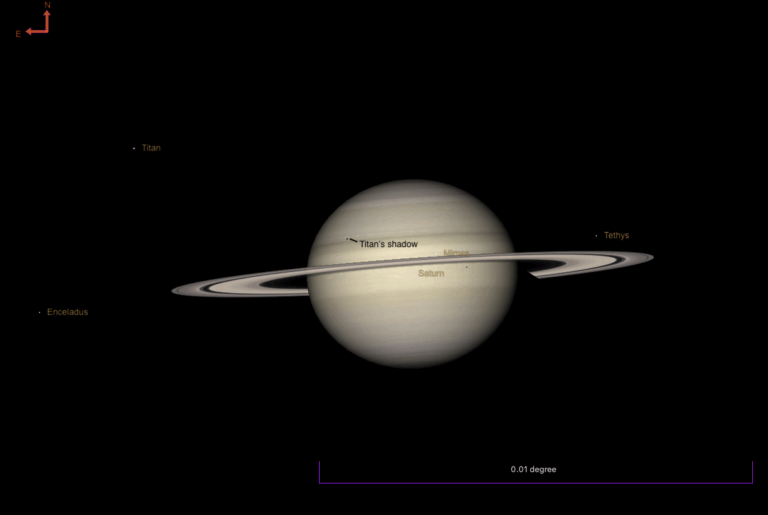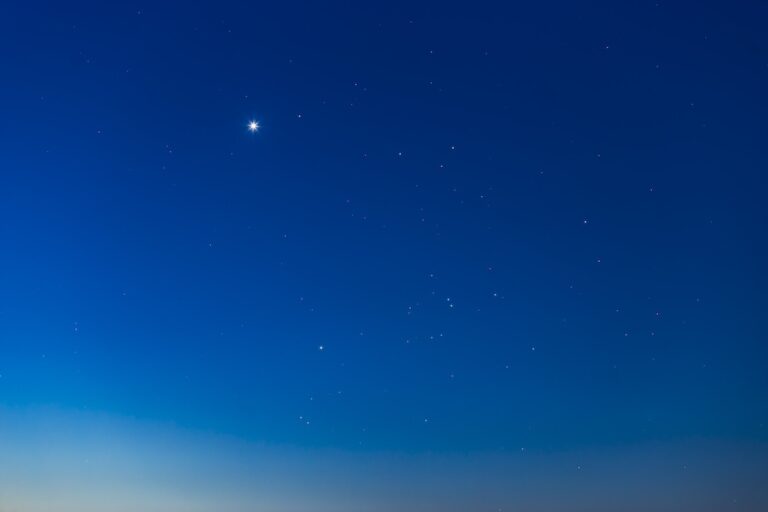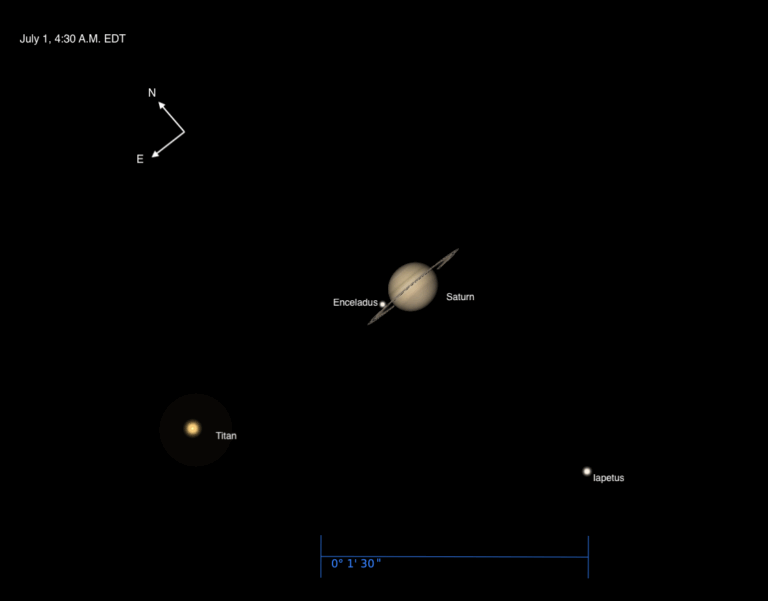Halley’s Comet is back! Now there’s a headline. And it’s true — sort of. Pieces of Halley’s Comet will be falling to Earth for the next week or so as the Eta Aquarid meteor shower peaks on the night of May 4/5.
The Eta Aquarid shower is one of two annual meteor showers associated with debris released by the most famous of comets, Comet 1P/Halley. (The other is the October Orionids.) During its countless passages around the Sun, Halley’s nucleus has ejected tons of dust particles. When Earth runs into this debris stream every May and October, friction with molecules in our atmosphere causes the particles to flare into incandescence, creating the streaks of light we call meteors.
Meteor showers, by the way, are not a source for meteorites, which are meteors that have survived the fiery plunge through Earth’s atmosphere. The particles ejected by comets are too small to make it to Earth’s surface.
Meteors glow because friction between the fast-moving particles and the air create incandescent columns of glowing gas. Eta Aquarids slam into Earth’s upper atmosphere at 145,000 mph. Because of their high velocity, many Eta Aquarids leave persistent smoke trails.
The shower’s name comes from its radiant — the point from which the shower’s meteors appear to originate. This point lies near the 4th-magnitude star Eta (η) Aquarii.
It’s best to observe any meteor shower from a dark site where more faint meteors can be seen. Geography also plays a role in the number of meteors you’ll see. From a location south of the equator, an observer can expect between 50 and 60 meteors per hour making the Eta Aquarids one of the best meteor showers of the year. From the U.S., however, this number decreases to about 20 per hour at best. Luckily, in 2005, the 10 percent-lit crescent Moon rises near dawn and won’t interfere with meteor watching.
The highest meteor counts will occur after midnight local time. That’s when your location on Earth has rotated enough to be facing the direction Earth is traveling around the Sun. After midnight, then, Earth is running into the meteoroid stream, and you’ll see more Eta Aquarids.
The brightest object near the shower’s radiant is Mars, which is easy to find shining at magnitude 0.6. It lies 13° south of Eta Aquarii. Uranus lies 7° to Mars’ upper left. Binoculars and a good finder chart will make Uranus easy to find.










